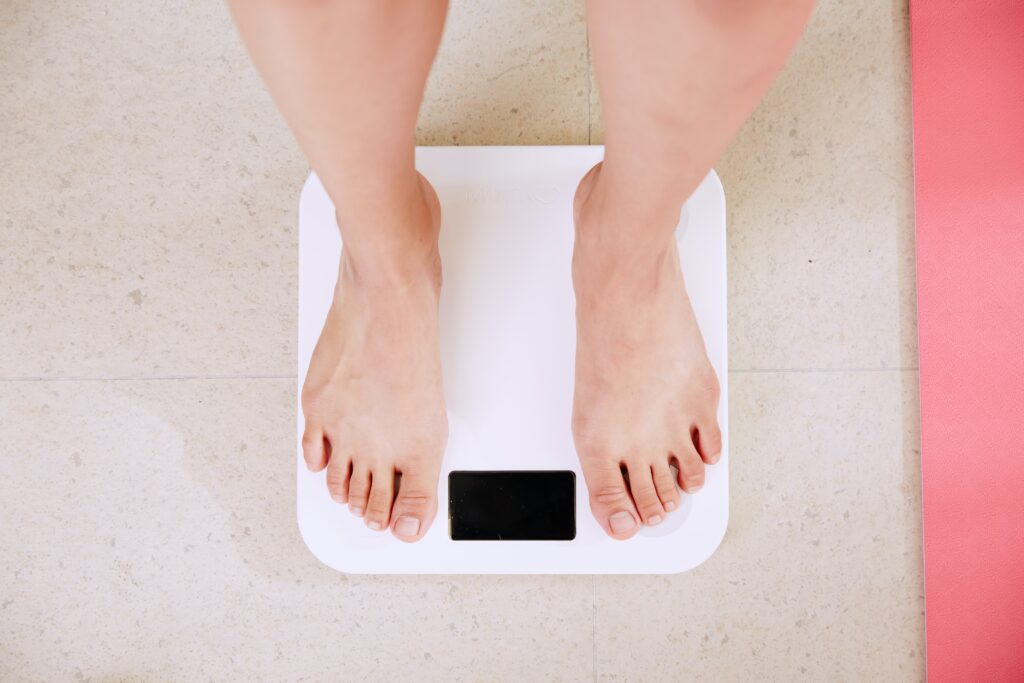- Messages
- 2,405
- Reaction score
- 1,431
- Points
- 113
EAT LESS, MOVE MORE... SIMPLE RIGHT?
Then why is it so difficult in practice? Today I’m going to unpack how to be in a calorie deficit without being hungry.Eat Less and Move More is about creating a calorie deficit – eating fewer calories than you burn. This includes exercise, other daily movement, and what your body burns at rest.
When it comes to movement, we can create a calorie deficit in 3 ways:
- Reduce calories and keep movement the exact same
- Reduce calories and increase movement
- Keep calories the same and only increase movement

And we can also manipulate energy balance with:
- Muscle mass and metabolism – building a few more pounds of muscle and regularly training that muscle with weights will increase the metabolic output of that tissue considerably. This will mean more calories burned every day.
- Food choices and quality – eating high nutrient-density foods packed with PROTEIN and FIBER will lead to greater calorie burn too!
WHERE IT ALL GOES WRONG

Here’s the trap many fall into. Most people hear the Eat Less Move More concept and get hyper-focused on EAT LESS.
People cut way back on calories and drop their intake significantly. A significant drop in calories will absolutely have you seeing results quickly if you can stick to it. But sticking to it is just so hard.
Does this story sound familiar?
- Dramatically cut calories focusing on low-calorie foods – not on highly nutrient-dense foods with lots of protein and fiber. This almost always means under-eating protein.
- Things go well! At first. But soon enough, your body adapts by decreasing energy.
- How about some cardio? That should do the trick. But dietary choices and lack of focus on building muscle means that muscle mass declines. This in turn drops your metabolism.
- Uh-oh! Energy tanks. Getting the energy up for movement and exercise starts to feel harder. What began as Eat Less and Move More is now turning into Eat Less and Move Less. Daily activity slows. You aren’t getting in as many steps. You skip a workout here and there or you just don’t bring a lot of intensity to your training. This is starting to spell disaster.
- Now your energy output is dropping and your calories are already unbearably low. Not to mention, since your movement and training are limited in both quantity and intensity, your muscle mass drops further. Your metabolic furnace that once was a burning fire is now just a few sad smoldering embers.
Your brain and body are fed up and your willpower fails you. DIET FAIL.
WHAT CAN WE DO? INTRODUCING G-FLUX
G-Flux is a term coined by Dr. John Berardi to describe the relationship between energy intake and energy expenditure.The idea is to increase both the amount of calories you burn and the amount of calories you consume – but focus on the balance of the two depending on your goal in order to be in a calorie deficit without being hungry.
The premise is that a higher turnover of energy (i.e., a high level of both intake and expenditure) can lead to better body composition and overall health.


EXAMPLES:
Scenario 1 (Above) – Daily calorie burn 2000 calories (maintenance)
- Decrease calories to 1300 daily (eating low nutrient density foods)
- Increase Movement by 300 calories daily
- Net Difference 1000 calories – AGGRESSIVE FAT LOSS PROTOCOL
- G-FLUX – 2300 calories per day with only 1300 calories to support movement, cognition, and health
- RESULTS –
- The individual cannot maintain their effort and movement level
- Muscle Mass starts to decrease and metabolism slows down
- G-FLUX starts to drop to 2100, then 1900, and even further.
- Willpower breaks and calorie consumption shoot back up
Scenario 2 – Leveraging G FLUX (maintenance – 2000 calories)
- Increase movement by 500 calories daily
- Keep calories at 2000/day but change sources to primarily nutrient dense foods (protein/fiber)
- Net difference: 500 calories – Moderate Fat Loss Protocol
- G-FLUX – 2500 calories per day with 2000 calories to support movement, cognition, and health
- RESULTS –
- Enough food and nutrients are available to keep movement and training well.
- You start to build muscle and the muscle is more metabolically active
- G-FLUX – Starting at 2500 but now creeps up to 2650 or 2700, leading to better results
- The client can increase their calories by 100-200 per day and still continue to see progress.
- In theory, they have a new maintenance of 2700 calories and are feeling energetic, focused, and driven.
LOSE WEIGHT WITHOUT BEING HUNGRY
The G-Flux concept suggests that if you increase your energy expenditure through exercise and activity, you should also have increased energy intake to match this. Doing so can help with the following:- Building muscle: By eating more nutrient-dense foods packed with protein, you fuel your workouts, and you’re providing your body with the necessary nutrients to repair and build muscle tissue.
- Losing fat: A higher metabolic rate from increased muscle mass and activity can lead to more efficient fat loss, even if your calorie intake is higher because muscle tissue is more metabolically active than fat tissue.
- Improving recovery: With more nutrients available from a higher food intake, your body can recover more quickly from workouts.
- Enhancing Physical and Cognitive Performance: A higher nutrient intake supports energy needs for improved athletic performance and mental focus.
- Promoting nutrient intake: When we are eating more calories from high-quality healthy foods you’ll be getting more vitamins, minerals, and other nutrients that are essential for optimal health.
Implementing a G-Flux approach would typically involve a structured and progressive training program combined with a nutritious diet tailored to support the increased activity level. It’s important to note that this is a concept aimed at those who are already physically active and are looking to optimize their body without falling victim to a culture of Eat Less Move More aimed at helping sedentary people get started.

HOW TO FIND YOUR G-FLUX:
Use the FBB Macro Calculator to figure out what your Maintenance Calories are for your given activity level- If you set a target goal stick with either Maintenance or Body Recomp
- This will keep your caloric intake high enough to support you MOVING MORE

